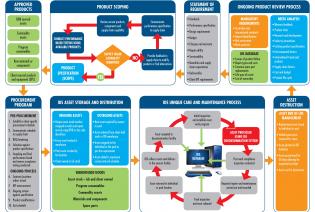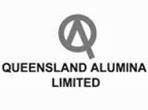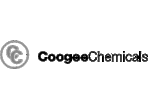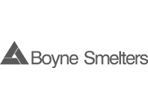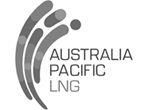Problems With Laundering PPE/PPC Using Traditional Techniques
There are several key problems arising from attempting to clean and decontaminate Personal Protective Equipment (PPE) and Personal Protective Clothing (PPC) using traditional laundering techniques.
Volume vs Specific Contaminant Treatment
Traditional laundering is based on volume rather than attention to individual items. This means that a ‘one-size-fits-all’ approach is used in the hope that the process will catch all contaminants. Unfortunately, any given batch of PPE/PPC could contain a range of contaminants which may require different treatments.
Premature Damage
The approach to traditional laundering of PPE that has the best chance of success, requires very high temperatures and aggressive agitation in the washing stage. This results in premature damage and wear to items resulting in them either having to be replaced sooner than necessary, or placing the user at risk of exposure.
Ongoing Contamination
Aggressive laundering can have the effect of embedding contaminants in the garment rather than removing them, thus exposing the user to potential health problems.
The IDS Approach to Decontamination and Cleaning
Since 1998, when we first identified these problems, IDS have been developing and perfecting a process that effectively cleans and decontaminates PPE/PPC. Our process also maintains the garment in good condition to maximise its useable life. At the core of our process is the understanding that ‘laundry’ services and ‘decontamination’ services are different things.
Individual Treatment
PPE items must be treated individually to address the specific contaminants and avoid cross-contamination with other items.
Washing Temperature
In Australia, standards suggest that laundries use a minimum wash temperature of 74°C for sanitisation. However, most manufacturers of PPE/PPC specify maximum wash temperatures that are generally under 48°C to avoid damaging the item. We have also found this with our own testing.
Sanitisers
To effectively kill bacteria, we must use sanitisers that are safe to use with PPE/PPC (without chemicals that could cause damage to the items). These special sanitisers are generally too expensive for use in large batch washing however the IDS process of treating small batches for specific contaminants, is ideal for making the most economical and effective use of them.
High pH vs Surfactant Cleaners
The high pH laundry detergents commonly used in laundering, are extremely damaging for protective garments and equipment – mainly due to severe oxidisation of various components. A better alternative is to use high quality low pH surfactant based cleaners that work on the surface tension to separate soils from the fabric. As with sanitisers, the most economical use of these cleaners is to use them with precision in small batches rather than in large volumes.
Ionic and Cationic Detergents
When separating solid matter from the fabric, it is important to consider the static charge that is generated to create the ideal combination of surfactant and charged chemical. IDS have invested heavily in creating significant intellectual property in relation to chemical formulations and ionisation.
Agitation
Mechanical action is a basic function of any washing machine be it domestic or commercial. However, the level of agitation in most commercial washing machines can be highly damaging for PPE items and garments – in particular, to seams, joints, and fixtures. At IDS our washing machines are modified to allow full control over the wash process so that when required, we can limit mechanical action and achieve optimum results through less aggressive techniques.
Drying
Protective equipment and clothing is highly susceptible to damage using traditional laundry drying techniques which usually involve either tumble or tunnel drying. Both require the rapid application of extremely hot air that will cause damage ranging from shrinkage of fabric to deterioration and weakening of components.
To avoid damage, at IDS PPE/PPC are dried in dehumidification rooms. The items are hung or placed on racks and warm dry air (40oC or less and relative humidity of 10%) is gently blown into the room. The moisture-filled air resulting from evaporation is then extracted and dehumidified before being recycled back into the room.


